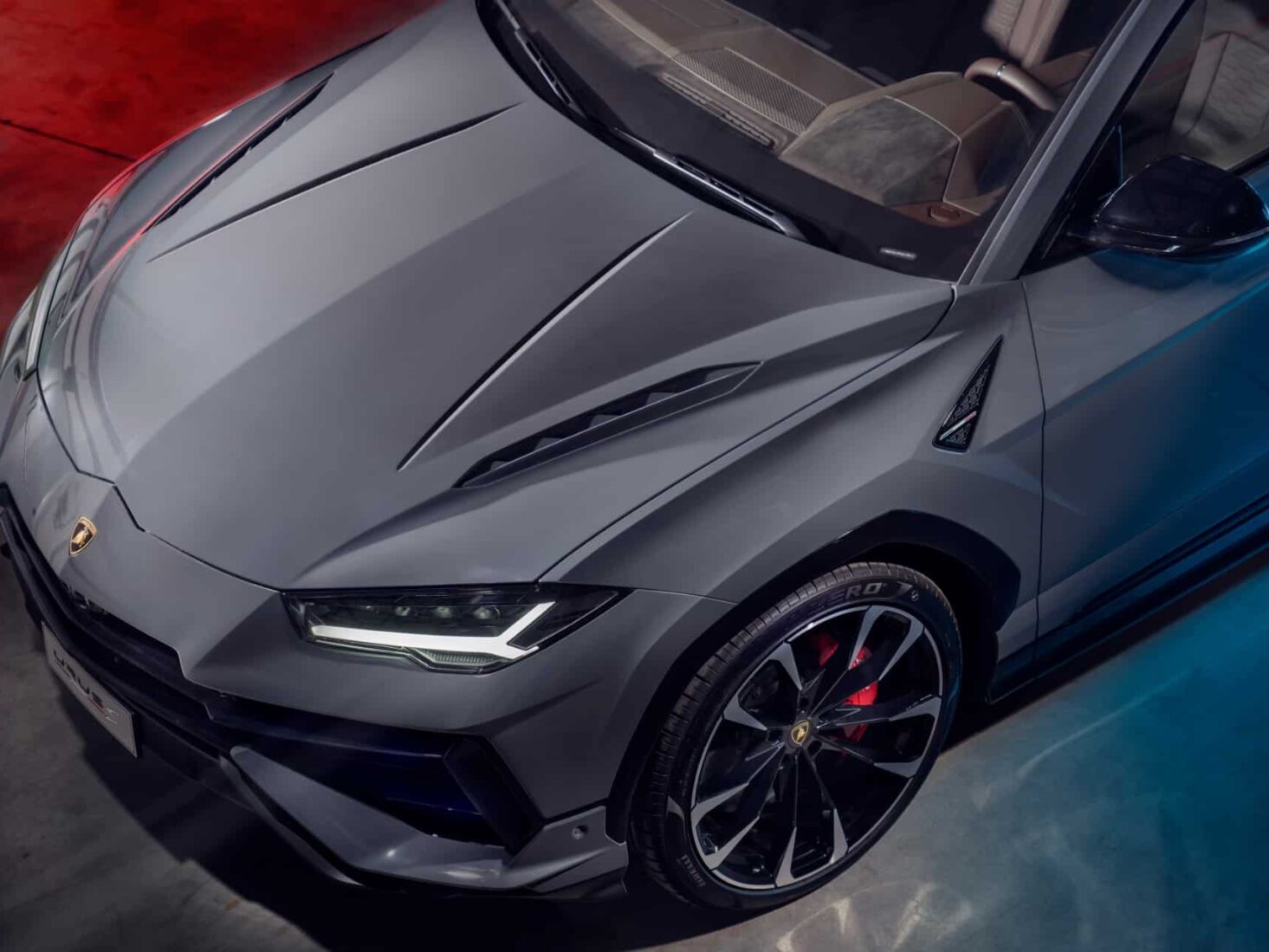
First drive: The new Lamborghini Urus S
The new-for-2023 Lamborghini Urus S packs even more power than its predecessor. Luxury London drives the first model to arrive in Britain to discover that away from the speedometer, it’s difficult to spot any other differences
The original Lamborghini Urus was quick. Properly quick. The new version, the Urus S, is, marginally, even faster. It is also, implausibly, even noisier, and, not so improbably, even more expensive.
The Urus S, which goes on sale this year, shares the same 4.0-litre V8 as the original Urus but now boasts 657 bhp (upped from 641 bhp), trimming its 0-62 mph credentials by 0.1 seconds to 3.5 seconds. Prices for the outgoing model started at £182,000. The new version kicks off at £188,000. In reality, most buyers will spend in excess of £200,000, after they’ve dived into an extensive, and suitably extortionate, accessories list.
Alongside the S, there’s also the new, and even faster, Urus Performante. Last year, the Performante broke the record for an SUV on the fabled Pikes Peak hill climb in the United States. Performance enhanced, the Performante is much harsher on the road, utilises the same engine as the S but will hit 62 mph in 3.3 seconds. Prices begin at £209,000.
Think of the S, then, as the new ‘entry level’ Urus. I suggest, however, very few drivers will be able to spot the difference between the new and the old on a public road. That will prove especially true in central London, where holding the Lamborghini back to just 20 mph requires saint-like restraint.
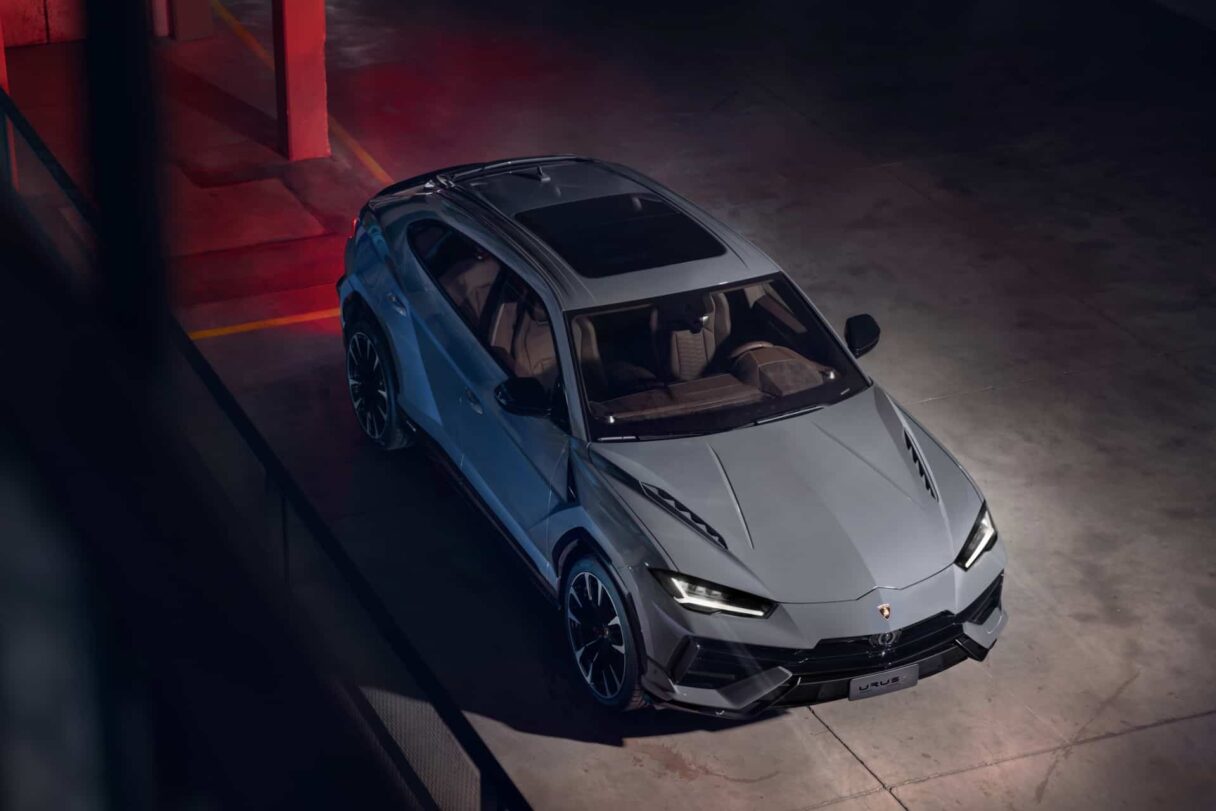
I was lucky enough to have been invited to drive the first Urus S to arrive in Britain. So, other than the souped-up engine, what else is new? ‘Streamlined’ front and rear bumpers are the most obvious changes. A matt-black skid plate another. Most of the other visual updates come at extra cost: 23-inch Taigete wheels in bronze and diamond polish are, for example, one of three designs on offer. The standard model comes with 21-inch wheels.
A retuned exhaust system improves the sound at start-up and offers a more distinctive note in each drive mode, of which there are now six. The new, and appropriately named, ‘Ego’ mode allows drivers to tailor the drivetrain and air suspension to their individual preference. Like the Off-Road drive mode, very few Urus drivers will likely ever engage it.
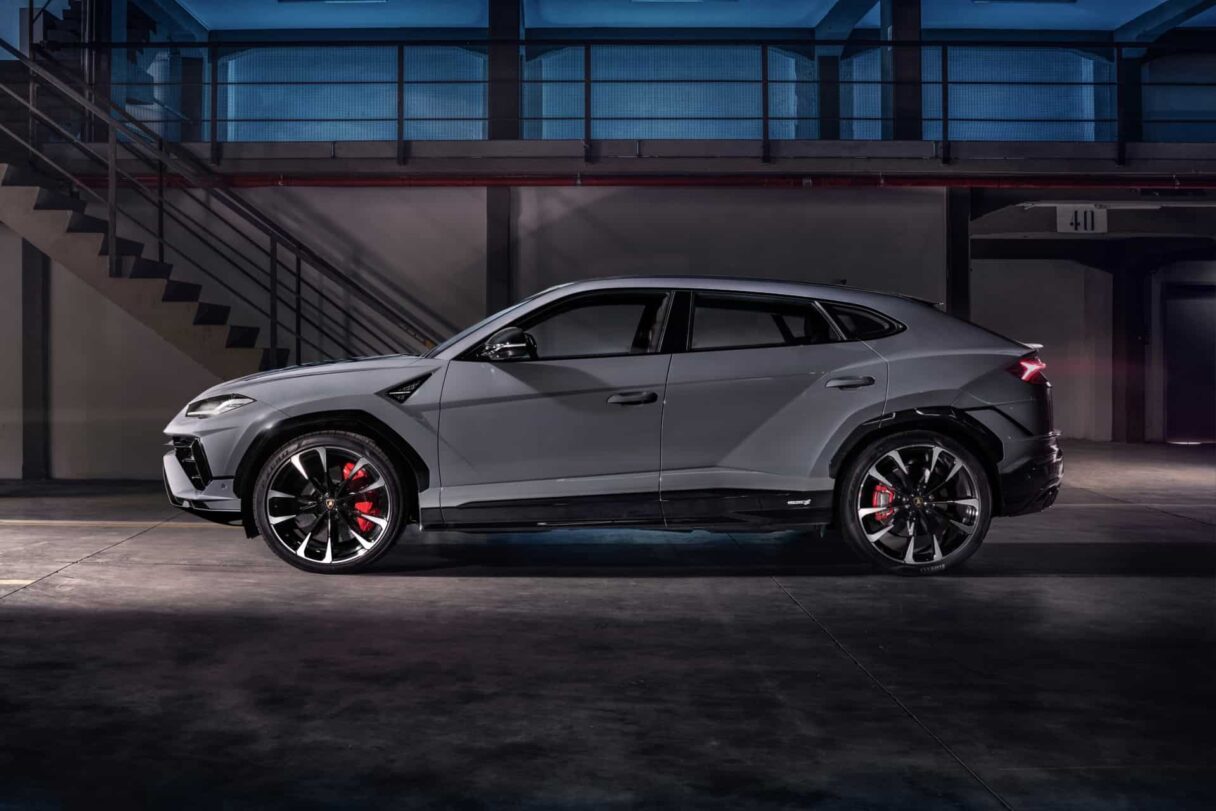
The original Urus gate-crashed into the UK’s booming SUV market in 2017. Porsche had recently caused a stir with the Cayenne Turbo – arguably the first of the super-SUVs – but the prospect of a front-engined, practical Lamborghini capable of carrying an entire family must have had accountants at the Volkswagen Audi Group rubbing their hands together.
At the launch, Lamborghini’s ex-CEO, Stefano Domenicali, former team principal of Ferrari Formula One and the current CEO of the Formula One Group, said the company wasn’t watering down the brand by building an SUV.

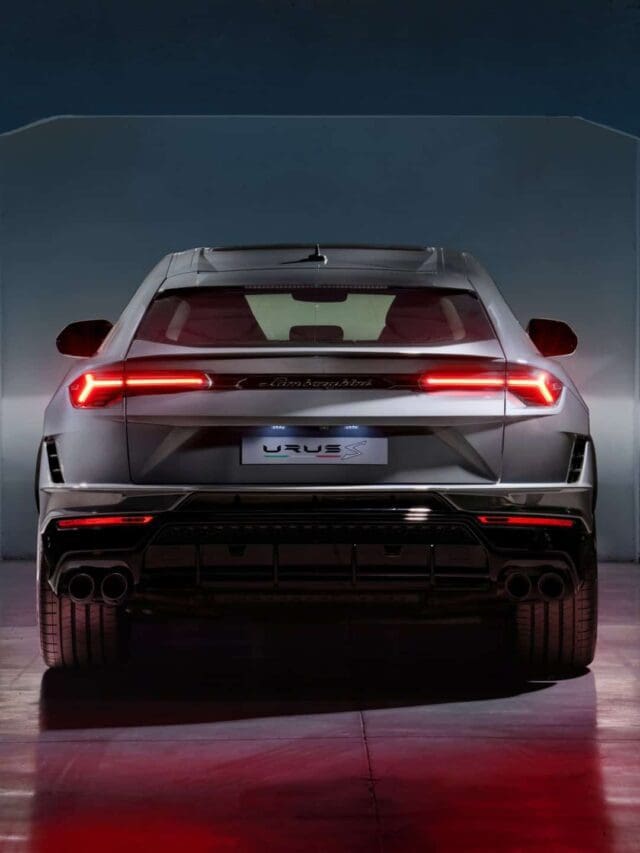
“Lamborghini is still a macho car and no, we are not softening the brand with an SUV. Lamborghini had to develop for the future if it was going to survive and have the finances to build more supercars. In the past, we polarised people – you either loved or hated our cars. With the Urus you either love it or you don’t like it… You are going to love it.”
Instead of a rear-mounted V10 or V12, like Lamborghini’s Huracán and Aventador supercars, the Urus 4.0-litre twin-turbo V8 was borrowed from the Bentley Bentayga and Porsche Cayenne Turbo. The Lamborghini also used the same platform as the Audi SQ7.
Judging by sales since then – more than 200,000 have rolled off the production line – Domenicali was right. If the Urus was the price Lamborghini had to pay to build more bonkers supercars, then the model has paid dividends. A lunatic of a car that terrorised other SUVs, the original 641 bhp Urus was a tearaway. It was also, I’d go as far as to say, the best looking of the bunch, until Aston Martin created the DBX.
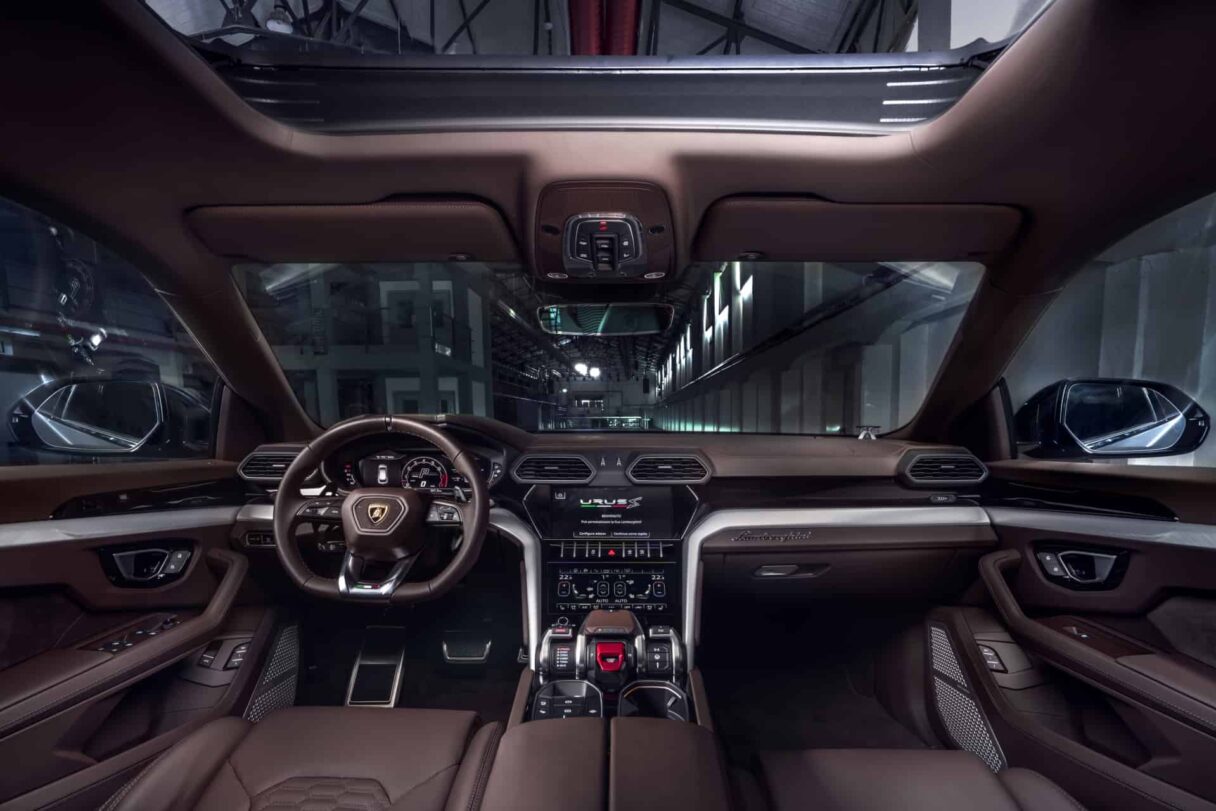
The new Urus S, given enough traffic-free tarmac, is, as you’d expect, a blast. Burbling around town, the Lambo can be restrained. Yet the merest blip of the throttle and all hell breaks loose. Hard cornering is flattened out by an active anti-roll system, four-wheel steering sharpens up handling and, when you finally lose your bottle, some of the industry’s largest carbon-ceramic brakes bring everything back to reality.
Inside, the S cabin is considerably better than the Aston Martin DBX, which still suffers from an old Mercedes infotainment system – it hasn’t even been upgraded to a touchscreen configuration yet. The Lamborghini, on the other hand, has several connected services, including navigation and security features, all of which can be managed from a mobile phone app.
For the S, Lamborghini is offering revised colour and trim packages, with a range of funky, dual matching schemes branded ‘Sportivo’, as well as fancy new stitching patterns for the leather.
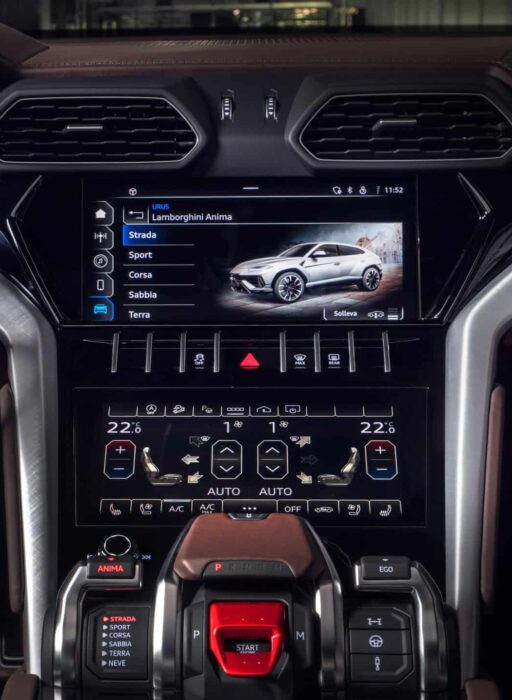
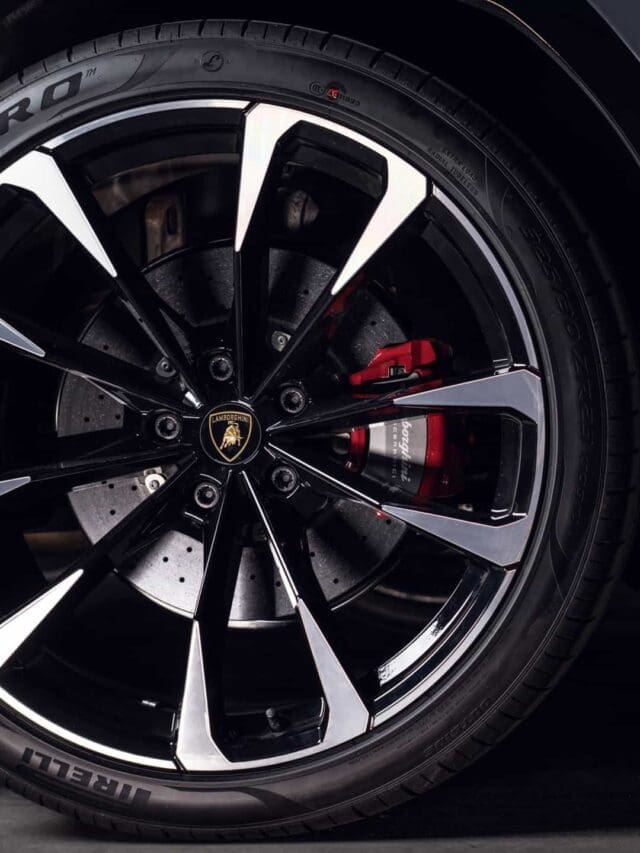
Domenicali’s successor, Stephan Winkelmann, said the of new S: “Urus has proven its appeal for those seeking the decisive combination of the sportiest SUV and a Lamborghini to drive every day. The Urus S sits perfectly alongside the new Urus Performante, for those choosing the purest sublimation of performance, luxury and versatility.”
Of the Performante? It might come with a little more under the bonnet, but the mix of comfort and raw power in the S model seems just about right to me. You’d think the 20 mpg credentials of the Performante might prove painful. But perhaps not at this end of the market.
A ‘green’ Lamborghini SUV might sound like something of an oxymoron, but rumours are that they’ll be a hybrid variant introduced to the line-up in the next couple of years. For now, the Urus S makes a strong claim for being the best super-SUV that money can buy. A lot of money, yes. But an insane amount of car, you have to admit.
Lamborghini Urus S: The Numbers
Powertrain: 4.0-litre, twin-turbocharged V8
Transmission: 8-speed automatic
Power/torque: 657bhp/850Nm
0-62mph: 3.5 seconds
Top speed: 190mph
£188,000, lamborghini.com






